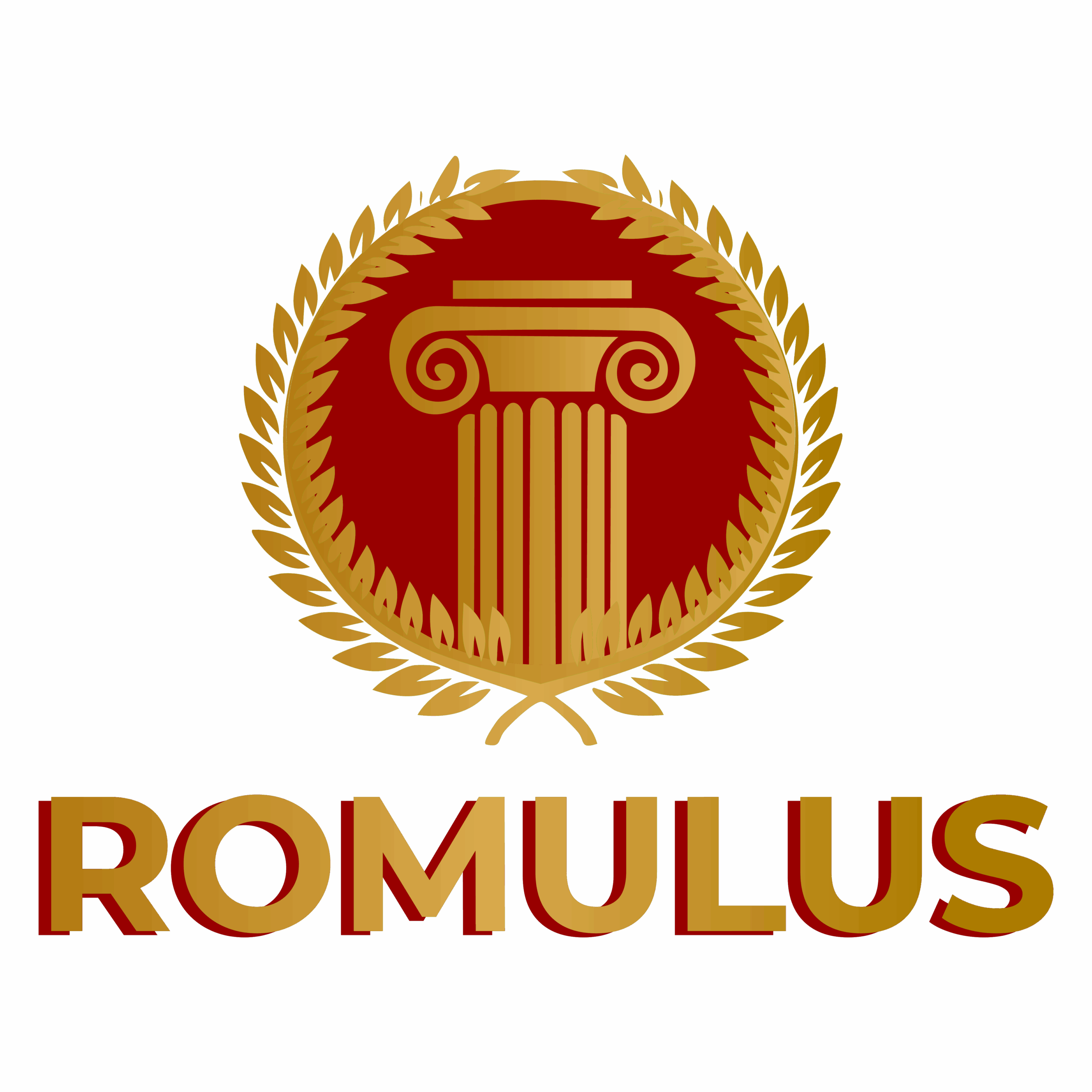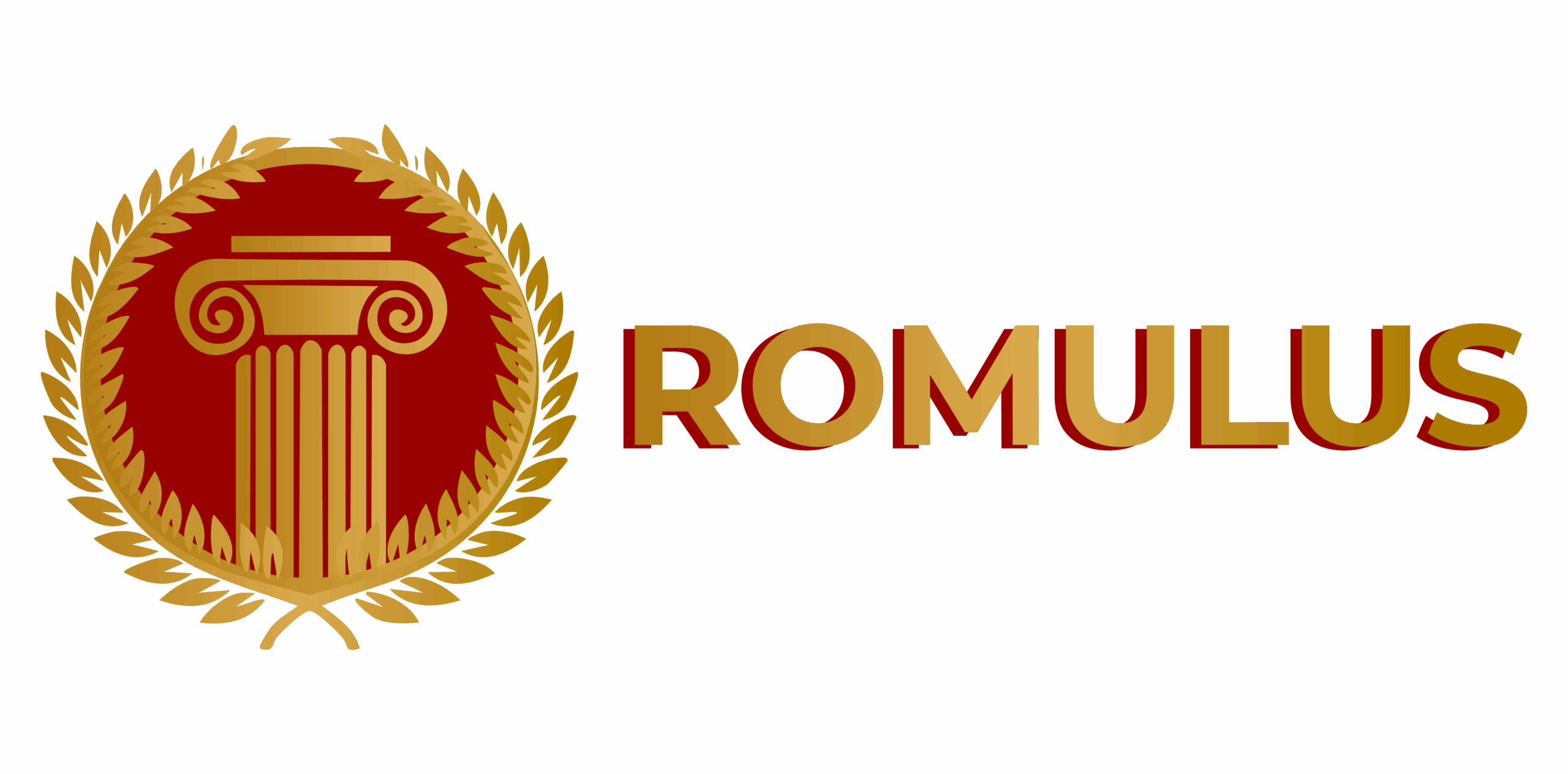Custom sales planning is essential to drive business growth. A well-designed sales strategy helps businesses target the right audience, deliver personalized solutions, and achieve long-term success.
For companies looking to stand out and engage their customers directly, direct outreach campaigns, especially those focusing on face-to-face client solutions, are vital. These campaigns allow businesses to create a personal connection with customers, foster trust, and increase conversion rates.
At Romulus, we specialize in tailoring strategies that align with each client’s unique needs. We understand that no two businesses are the same, which is why custom sales planning is at the core of our approach.
In this article, we’ll explore seven strategies for creating effective direct outreach campaigns that can help your business achieve sustained growth.
Why Custom Sales Planning Matters
Custom sales planning is an approach to sales strategy that involves tailoring outreach, messaging, and solutions to specific customer segments, goals, and market conditions. It’s not a one-size-fits-all approach, but a strategic method that ensures your efforts are both efficient and impactful.
Benefits of custom sales planning include:
- Targeted Approach: By focusing on specific client segments, you can maximize engagement and conversion rates.
- Increased Relevance: Personalizing your approach makes your message more relevant to potential clients, improving customer retention.
- Higher Efficiency: Custom strategies allow businesses to focus resources on the most lucrative opportunities, ensuring higher return on investment (ROI).
- Stronger Relationships: Tailored solutions foster deeper connections with clients, enhancing long-term business relationships.
By investing time and resources into custom sales planning, businesses can build strong foundations for face-to-face client solutions and long-term success.
1. Understand Your Audience and Their Needs
Before creating a direct outreach campaign, it’s essential to thoroughly understand your audience. Knowing your clients’ pain points, goals, and preferences allows you to develop outreach strategies that resonate deeply with them.
To better understand your audience, begin by:
- Conducting research through surveys
- Reviewing customer feedback
- Analyzing industry trends to gather valuable insights
Segmenting your audience based on shared characteristics such as demographics, behaviors, or purchasing habits further helps you refine your approach. Additionally, identifying the specific needs of your clients allows you to craft tailored solutions that directly address their challenges.
By understanding your customers’ needs and wants, you’ll be positioned to create custom sales planning strategies that consistently achieve the desired results.
2. Focus on Face-to-Face Engagement
While digital marketing is a powerful tool, nothing beats the impact of face-to-face client solutions. Direct outreach campaigns that prioritize in-person meetings create a personal connection that builds trust and credibility.
Customers are more likely to engage with brands they feel connected to, and face-to-face interactions are the best way to build that rapport.
How to incorporate face-to-face engagement into your direct outreach campaigns:
- Host in-person events: Organize product demos, networking events, or workshops that allow potential clients to experience your offering firsthand.
- Visit potential clients: Personal visits allow you to demonstrate your product, address concerns, and understand your client’s needs in a way that digital outreach can’t.
- Build relationships: Use these interactions to build strong, lasting relationships that lead to repeat business and customer loyalty.
Incorporating face-to-face interactions into your sales strategy enhances your ability to personalize your approach and show clients that you care about their unique needs.
3. Develop a Strong Value Proposition
A well-crafted value proposition is the cornerstone of any successful sales campaign. It clearly communicates why your product or service is the best solution for your target audience’s needs.
When developing your value proposition, it’s important to focus on addressing client pain points by explaining how your product can solve specific challenges they face. Highlighting differentiation is also crucial. Make sure to explain what sets your product or service apart from competitors in a way that resonates with your audience.
Lastly, your value proposition should be concise, simple, and easy to understand, focusing on the key benefits for your clients.
A clear, compelling value proposition serves as the foundation for your direct outreach campaign, ensuring that you quickly capture attention and effectively communicate the value of your solution.
4. Utilize Multiple Touchpoints for Engagement
Effective direct outreach campaigns often involve multiple touchpoints to keep potential clients engaged. By using a variety of communication methods—phone calls, emails, social media, and in-person meetings—you can increase the chances of reaching your audience and driving conversions.
Strategies for effective multi-touch engagement:
- Combine channels: Use a combination of in-person interactions, phone calls, and digital communication to stay top-of-mind with potential clients.
- Personalize messages: Ensure each touchpoint is personalized and relevant to the individual client. A generic message is much less likely to resonate.
- Be consistent: Stay consistent with your outreach efforts, ensuring that your messaging and timing align with your customers’ expectations.
By utilizing multiple channels of communication, you increase the likelihood of connecting with your target audience and converting them into loyal customers.
5. Implement Clear Call-to-Actions (CTAs)
Every direct outreach campaign should include a clear and compelling call-to-action (CTA). A well-defined CTA guides potential clients toward the next step, whether it’s scheduling a meeting, making a purchase, or requesting more information. To create an effective CTA, it’s important to be specific, clearly stating what action you want the client to take, such as “Schedule a free consultation” or “Request a demo.”
Additionally, creating urgency can motivate immediate action, such as offering limited-time promotions or exclusive deals. It’s also crucial to keep the CTA simple and easy to understand, ensuring that it aligns with the overall goal of your campaign.
A strong CTA not only drives conversions but also provides clear direction for your clients, helping them move seamlessly through the sales funnel.
6. Measure Success and Refine Campaigns
To ensure your direct outreach campaigns are effective, it’s essential to measure your success and make adjustments as needed. Continuous improvement is key to achieving long-term success in custom sales planning.
How to measure and refine your campaigns:
- Track key performance indicators (KPIs): Monitor metrics such as conversion rates, sales volume, and customer engagement to evaluate your campaign’s success.
- Collect feedback: After interactions, ask clients for feedback on their experience to identify areas for improvement.
- Make data-driven adjustments: Use insights from your performance metrics to refine your messaging, outreach methods, and sales tactics.
By continuously measuring success and making data-driven adjustments, you ensure that your campaigns stay effective and relevant over time.
7. Invest in Team Training and Development
Sales teams are the driving force behind direct outreach campaigns, and investing in their development is crucial to long-term success. By providing ongoing training and mentorship, you empower your sales team to perform at their best and deliver exceptional results.
Key aspects of team training and development include:
- Sales techniques: Equip your team with the skills needed to handle different types of client interactions, from initial contact to closing the sale.
- Product knowledge: Ensure that your team understands the product inside and out, so they can confidently present solutions to potential clients.
- Client engagement strategies: Teach your team how to build rapport, engage customers, and maintain relationships over time.
Investing in team training helps ensure that your sales efforts are aligned, consistent, and effective, leading to better results in your direct outreach campaigns.
Building Success Through Custom Sales Planning and Outreach Campaigns
Custom sales planning and direct outreach campaigns are essential components of any successful sales strategy. By personalizing your approach, incorporating face-to-face interactions, and continuously refining your tactics, you can build stronger relationships with clients and achieve better conversion rates.
At Romulus, we specialize in creating tailored solutions that align with each client’s unique needs, helping them penetrate the market and drive growth. Whether you’re looking to enhance your sales planning or engage clients through face-to-face solutions, we provide the expertise and support necessary for sustained success.
Ready to take your sales strategy to the next level? Connect with Romulus today and start building your path to growth and success!





